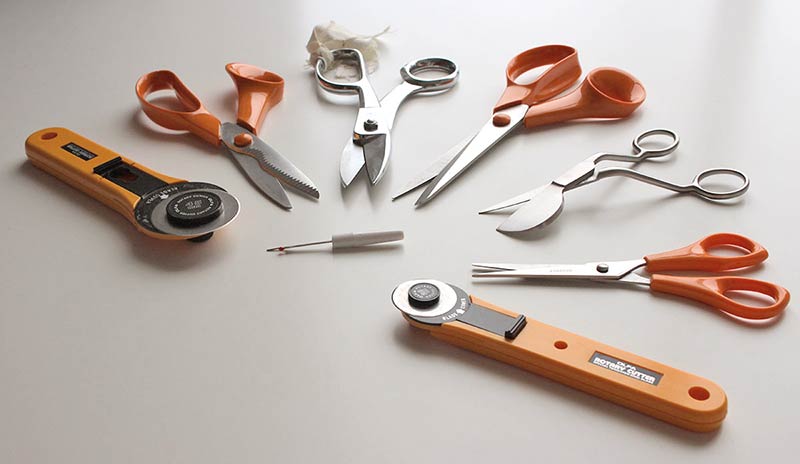Best leather working tools and How to Use Them
Crafting with leather is an enduring skill that requires accuracy, imaginative flair, and the appropriate array of instruments. Whether you’re an experienced craftsman or a beginner keen to embark on the journey of leathercraft, possessing top-notch tools is crucial for crafting high-quality items. Within this all-encompassing manual, we will delve into superior leatherworking tools and offer guidance on their effective utilization.

Cutting Tools: Precision in Every Incision
a. Utility Knife:
A utility knife is indispensable in leatherworking for its versatility. Choose a high-quality, sharp blade to make precise cuts. When using a utility knife, ensure the leather is firmly secured on a cutting mat to avoid slips and uneven cuts.

b. Rotary Cutter:
Ideal for straight, clean cuts, the rotary cutter excels in efficiency. It’s especially useful for cutting large pieces of leather. Prioritize safety by using a ruler or straight edge as a guide.

Edging Tools: Refining the Details
a. Edge Beveler:
To achieve smooth, rounded edges on your leather projects, an edge beveler is essential. Adjust its size according to your project and run it along the edges to create a polished finish.

b. Bone Folder:
Perfect for burnishing edges, a bone folder is often made of polished bone or Teflon. Apply even pressure along the edge to create a professional-looking, glossy finish.

Punching Tools: Precision Perforations
a. Hole Punch:
Hole punches come in various shapes and sizes, allowing you to create holes for stitching or decorative purposes. Ensure the leather is adequately dampened to prevent cracking.

b. Chisel:
For precise stitching holes, a stitching chisel is invaluable. Choose the appropriate spacing for your project, and use a mallet to gently tap the chisel through the leather.

Stitching Tools: Unifying the Pieces
a. Awl:
An awl is essential for creating starter holes for stitching. Its pointed end easily pierces through the leather, preparing it for the needle and thread.

b. Wing Divider:
To ensure even stitching lines, use a wing divider to mark equal distances along the edge of your leather. This tool helps maintain consistency in your stitches.

Setting and Riveting Tools: Securing Your Creations
a. Rivet Setter:
When incorporating rivets into your leather projects, a rivet setter is crucial. It helps secure the rivet in place and ensures a clean, professional finish.

READ MORE: WHAT IS BUTTON HEAD SCREWS , AND PROPERTIES , APPLICATIONS
b. Snap Setter:
For closures or snaps, a snap setter is a must-have tool. Follow the manufacturer’s instructions to securely attach snaps to your leather pieces.

Molding and Shaping Tools: Crafting Three-Dimensional Pieces
a. Mallet:
A rawhide or poly mallet is used for shaping leather without leaving marks. It’s particularly useful when forming curves or molding the leather into specific shapes.

b. Shaping Tools:
Depending on your project, use shaping tools like round knives, skivers, or molding blocks to sculpt your leather into intricate forms.

Conclusion:
Becoming proficient in the craft of leatherworking demands a blend of patience, consistent practice, and the acquisition of precise tools. Opting for top-notch leatherworking implements not only amplifies the effectiveness of your efforts but also guarantees the enduring quality and aesthetics of your artistic outputs. Whether you’re fashioning a basic wallet or intricately designing a leather masterpiece, the aforementioned tools stand as essential allies throughout your imaginative journey. As you refine your abilities and explore diverse techniques, the harmonious interplay between skillful craftsmanship and the appropriate tools will propel your leatherworking pursuits to unprecedented levels. Enjoy your creative endeavors!
READ MORE: How to start a new startup business on Deepawali 2023




